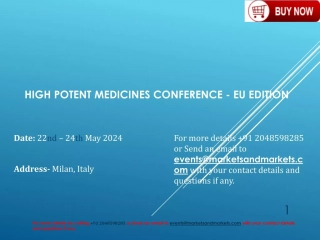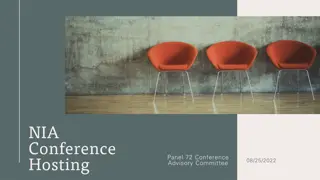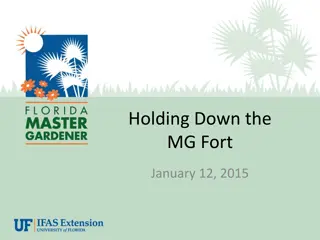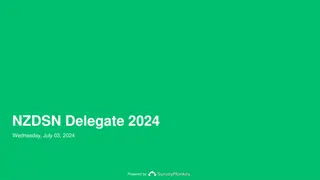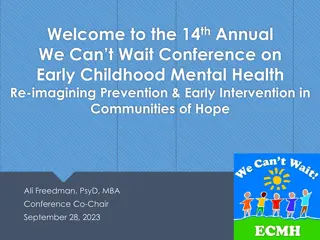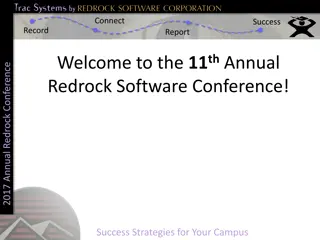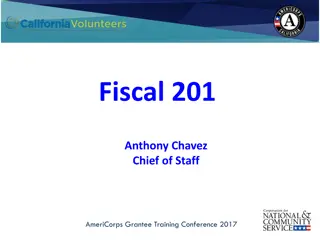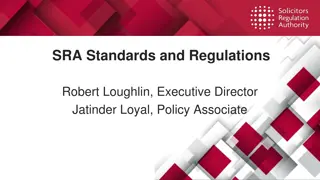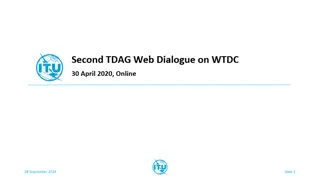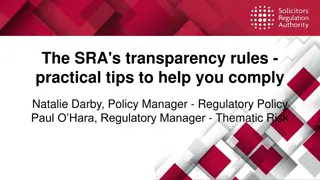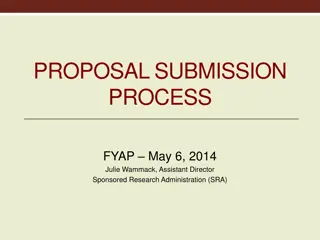
Comparing Assigned Roles of Households in Nordic Risk Assessment Plans
Explore the roles and responsibilities assigned to households in Nordic risk assessment plans, highlighting differences in approaches between Sweden, Iceland, and Norway. Understand how citizens are perceived and informed, and the varying expectations on individual responsibilities during crises.
Download Presentation

Please find below an Image/Link to download the presentation.
The content on the website is provided AS IS for your information and personal use only. It may not be sold, licensed, or shared on other websites without obtaining consent from the author. If you encounter any issues during the download, it is possible that the publisher has removed the file from their server.
You are allowed to download the files provided on this website for personal or commercial use, subject to the condition that they are used lawfully. All files are the property of their respective owners.
The content on the website is provided AS IS for your information and personal use only. It may not be sold, licensed, or shared on other websites without obtaining consent from the author.
E N D
Presentation Transcript
Comparing assigned roles of households in the Nordic risk assessment plans B var T masson University of Iceland Harald Throne-Holst National Institute for Consumer Research, Norway SRA Europe Conference Maastricht 15. June 2015
Content 1. HomeRisk project 2. National risk assessment plans and risk regimes 3. Responsibilities 4. Role of citizens and households 5. Information to the public 6. Conclusions
Risk management process Establish the context Risk Assessment Communication and consultation Monitoring and review Risk identification Risk analysis Risk evaluation Risk Treatment
Roles and responsibilities of the public How are households understood and perceived in these documents? How is information presented to the public; both for preparation and in crisis?
The role of households Household addressed only to a very limited degree in all countries The public, when included, are mostly addressed as individuals Interestingly, there is a split between electricity and possible fall outs, and ICT: The public is more in a citizen role when it comes to electricity, The public is addressed as consumers in terms of ICT No discussion regarding what part the general public has to play in times of crisis and what is expected of them in risk assessment documents Limited discussion on connectivity e.g. between electricity and ICT
Some differences between the countries Sweden: Outspoken and clearly articulated responsibility of individuals in the event of a crisis, and in preparing for it. If not able to deal with it then public authorities will assist Iceland: Not clearly articulated responsibilities, however individual responsibility is implied and also recognized by citizens/individuals Norway: Modest expectations regarding the responsibility of individuals greater role for public authorities
Information to the public Public web pages dedicated to crisis situations: Norway: www.kriseinfo.no Sweden: www.krisinformation.se These are also available on social media (Facebook) Public web pages dedicated to preparedness: Norway: www.sikkerhverdag.no Sweden: www.dinsakerhet.se In Iceland these two resources are mixed and presented on the same web page: Iceland: www.almannavarnir.is This source is also available on Facebook
Conclusions The national risk assessments gives good oversight of the risks in different countries and risk assessments are updated regularly The role of citizens (rights and responsibilities) are absent in these documents Citizens/consumers/households are however somewhat addressed in other policy documents and in crisis/preparedness web sources But roles and responsibilities are not clearly stated /defined more implied (found in various policy documents, laws, etc) Assumption for further research inquiry: Need to understand how citizens/households act and perceive risks/preparedness from their own perspective Need to clarify and strengthen the role of citizens/households in future policy making on national risk management
Thank you for your attention! Bodvar.Tomasson@efla.is Harald.throne-holst@sifo.no The funding from the SAMRISK II-programme of the Research Council of Norway is gratefully acknowledged




